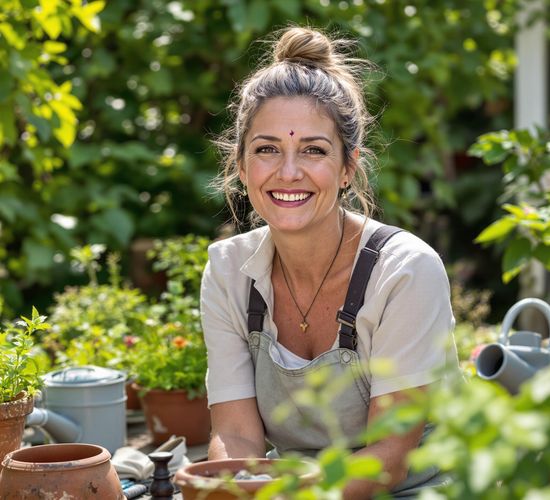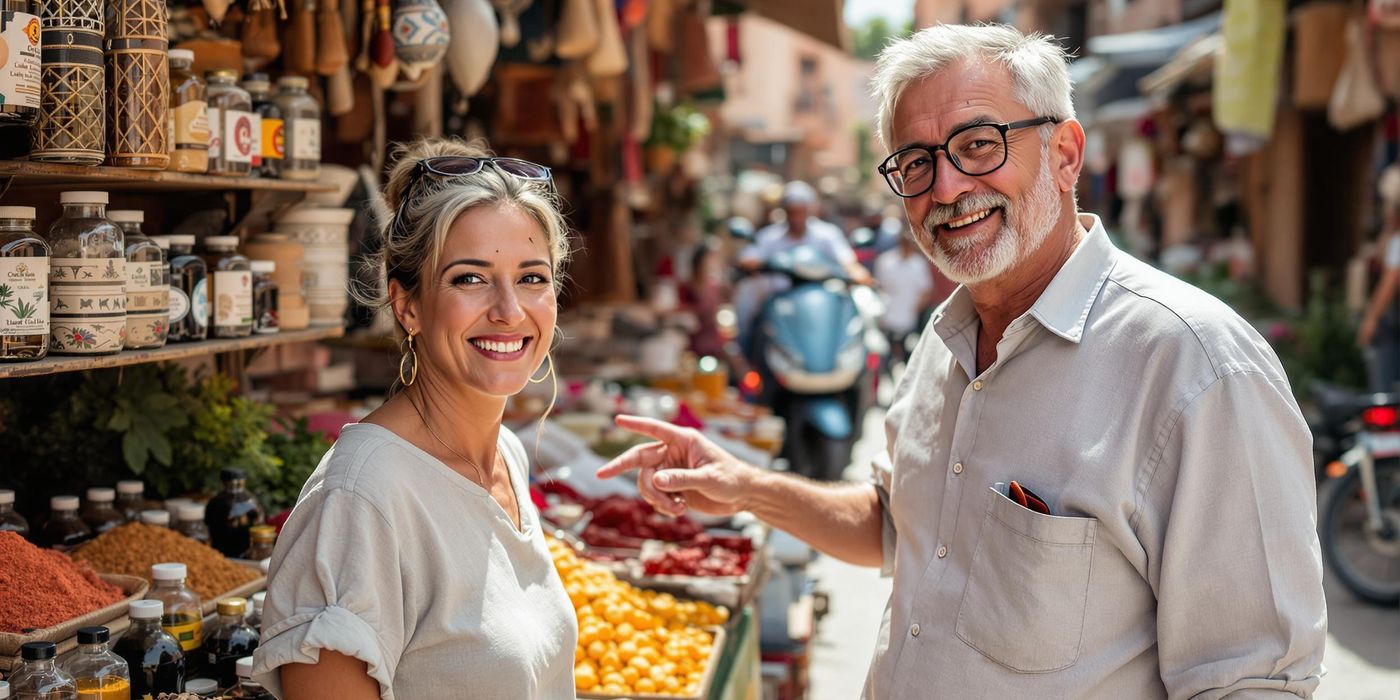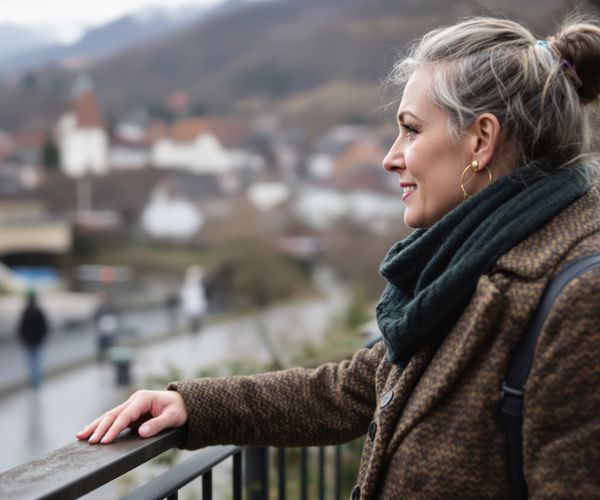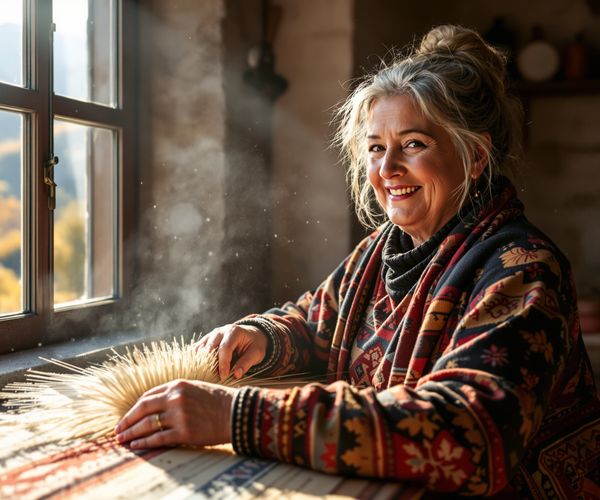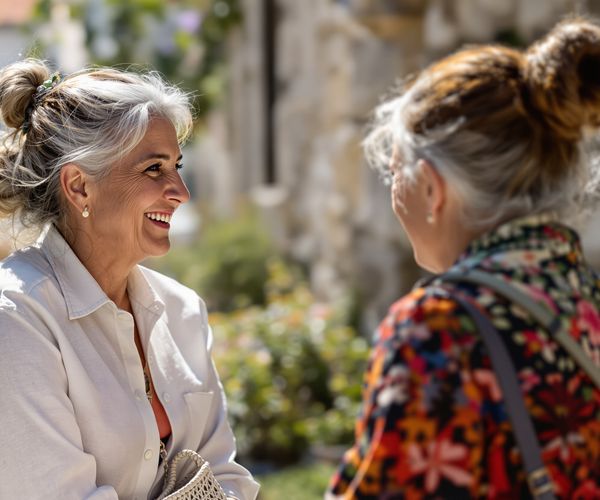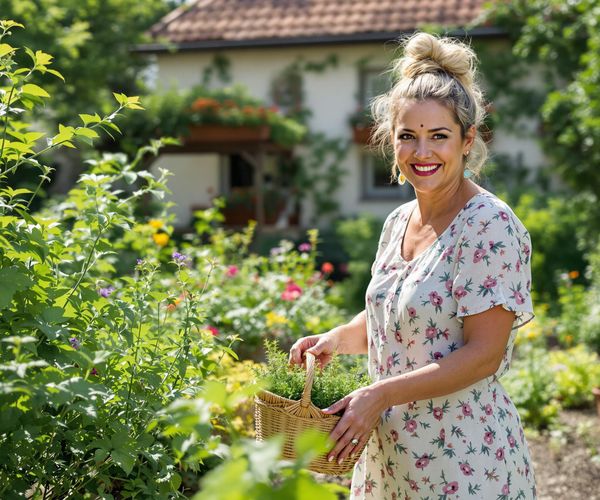Hello fellow travelers! Jelena here, ready to whisk you away on another adventure, this time through the delectable world of culinary tourism. Forget the usual tourist traps; let’s dive into the heart of a culture, one delicious dish at a time. I’ve always believed that food is more than just sustenance; it's a passport to understanding traditions, histories, and the very soul of a place. Join me as I share my experiences and tips for truly cooking like a local.
The Allure of Culinary Tourism
Culinary tourism isn’t just a passing fad; it’s a deeply enriching way to experience the world. More and more, travelers are realizing that the best souvenirs aren’t fridge magnets, but the memories (and recipes!) gleaned from engaging with local cuisine. It's about connecting with people through a shared love of food, understanding their heritage, and participating in traditions that have been passed down through generations. Think of it as unlocking a secret level in your travel game!
Food is the universal language, isn't it? It transcends borders and connects us all on a fundamental level. When you sit down to a meal prepared with local ingredients and traditional techniques, you're not just eating; you're participating in a cultural exchange. You’re learning about the land, the people, and their history, all through the medium of taste. And let's be honest, who doesn't love a good meal?
The unique experiences gained through cooking and food-related activities are simply unparalleled. From haggling at a bustling market to mastering a centuries-old recipe, these are the moments that truly define a trip. They’re the stories you’ll tell around the dinner table for years to come, the ones that transport you back to that special place and time.
My Montenegrin Kitchen: A Journey Through Flavors
Ah, Montenegro! The land of dramatic mountains, sparkling coastlines, and, of course, unforgettable cuisine. My memories of Montenegrin cooking are deeply intertwined with my childhood in Kolašin. I can still picture my grandmother’s kitchen, filled with the aroma of freshly baked bread and simmering stews. These weren't just meals; they were expressions of love, family, and tradition.
Montenegrin cuisine is a delightful blend of Mediterranean and Balkan influences. Key ingredients include fresh seafood from the Adriatic, hearty meats from the mountains, and an abundance of locally grown vegetables. Think creamy cheeses, flavorful smoked ham (pršut), and crusty bread perfect for soaking up rich sauces. The flavors are bold, rustic, and utterly satisfying.
Family recipes are the heart and soul of Montenegrin culinary traditions. Each family has its own unique twist on classic dishes, passed down from generation to generation. These recipes are more than just instructions; they're stories, memories, and a tangible link to our heritage. I still cherish the handwritten cookbook my grandmother gave me, filled with her secret family recipes.
Hands-On Learning: Cooking Classes Abroad
One of the best ways to truly immerse yourself in a local culture is by taking a cooking class. It's a hands-on experience that allows you to learn directly from the source, mastering traditional techniques and discovering the secrets behind authentic dishes. Plus, it's a lot of fun!
Finding authentic and reputable cooking classes requires a little research. Look for classes taught by local chefs or home cooks who are passionate about sharing their culinary heritage. Online reviews and recommendations from fellow travelers can be invaluable. Don't be afraid to ask questions and ensure that the class focuses on traditional cuisine.
Klaus and I have had some truly memorable cooking class experiences during our travels. In Italy, we learned to make fresh pasta from scratch with a nonna who barely spoke English but communicated volumes through her hands. In Thailand, we mastered the art of balancing sweet, sour, salty, and spicy flavors in a traditional Pad Thai. Each class was a unique and unforgettable adventure.
I remember one class in particular, in a small village in Tuscany. The chef, a jovial man named Marco, taught us the secrets to making the perfect ragu. He emphasized the importance of using fresh, local ingredients and simmering the sauce for hours, allowing the flavors to meld and deepen. It was a lesson in patience, passion, and the power of simple ingredients.
Market Immersion: Discovering Local Ingredients
Visiting local markets is an absolute must for any culinary traveler. It's a sensory explosion that offers a glimpse into the heart of a culture. The vibrant colors, the exotic aromas, and the lively chatter create an atmosphere that is both exhilarating and educational.
Markets are a feast for the senses. The sights of colorful produce, glistening seafood, and exotic spices are simply captivating. The sounds of vendors hawking their wares, the laughter of shoppers, and the rhythmic chopping of knives create a vibrant symphony. And the smells! From the pungent aroma of aged cheese to the sweet scent of ripe fruit, the market is a veritable olfactory wonderland.
Don't be afraid to interact with the vendors! Ask them about their products, their uses, and their origins. Most vendors are more than happy to share their knowledge and offer samples. You might even discover a new favorite ingredient or learn a traditional cooking technique.
I recall stumbling upon a small market in Marrakech, Morocco. The air was thick with the scent of spices, and the stalls were overflowing with exotic fruits and vegetables I had never seen before. A friendly vendor introduced me to argan oil, a local specialty, and explained its many uses in cooking and cosmetics. It was a fascinating encounter that deepened my appreciation for Moroccan culture.
From Market to Table: A Simple Montenegrin Recipe
Now, let's bring a taste of Montenegro to your kitchen with a simple and delicious recipe: Kacamak (Montenegrin polenta). This hearty dish is a staple in Montenegrin cuisine, perfect for a cold winter day or a comforting meal any time of year.
Ingredients:
- 1 cup cornmeal
- 4 cups water
- 1 teaspoon salt
- 1/2 cup butter
- 1/2 cup cheese (Montenegrin cheese is ideal, but feta or ricotta works well)
Instructions:
- In a large pot, bring the water to a boil.
- Gradually whisk in the cornmeal, ensuring there are no lumps.
- Add the salt and reduce the heat to low.
- Simmer for about 30-40 minutes, stirring frequently, until the polenta is thick and creamy.
- Stir in the butter and cheese until melted and well combined.
- Serve hot and enjoy!
Kacamak has been a staple in Montenegrin households for centuries. It's a simple dish made with humble ingredients, but it's packed with flavor and tradition. It was the food of shepherds and farmers, a hearty meal that provided sustenance and warmth in the rugged mountains of Montenegro.
Beyond the Plate: Cultural Insights Through Food
Food is so much more than just fuel; it's a window into a country's history, geography, and social customs. It can tell you stories about migration, trade, and the evolution of a culture over time.
In many cultures, food plays a central role in celebrations and rituals. Think of the elaborate wedding feasts in India, the symbolic significance of matzah during Passover, or the festive tamales served during Christmas in Mexico. These traditions are deeply ingrained in the cultural fabric of a society and offer valuable insights into its values and beliefs.
Food is an integral part of cultural identity, reflecting a nation's history, resources, and values. Exploring these culinary nuances provides a deeper understanding of diverse cultures and fosters appreciation for global traditions. So, the next time you travel, don't just eat the food; savor the culture.
So, my friends, I encourage you to embrace the world of culinary tourism. Step outside your comfort zone, try new things, and connect with people through the shared language of food. You might just discover a new passion, a hidden talent, or a deeper appreciation for the world around you. Bon appétit, or as we say in Montenegro, Prijatno!
Explore culinary tourism, connecting with cultures through local cuisine. Jelena shares Montenegrin traditions, cooking class experiences, and a Kacamak recipe.

